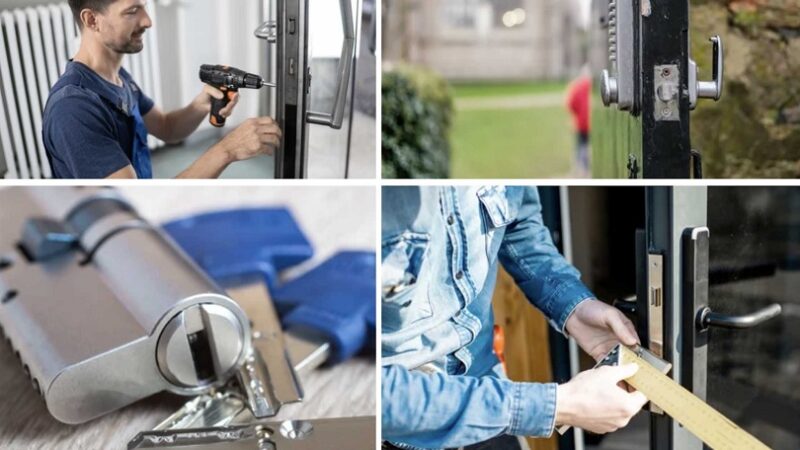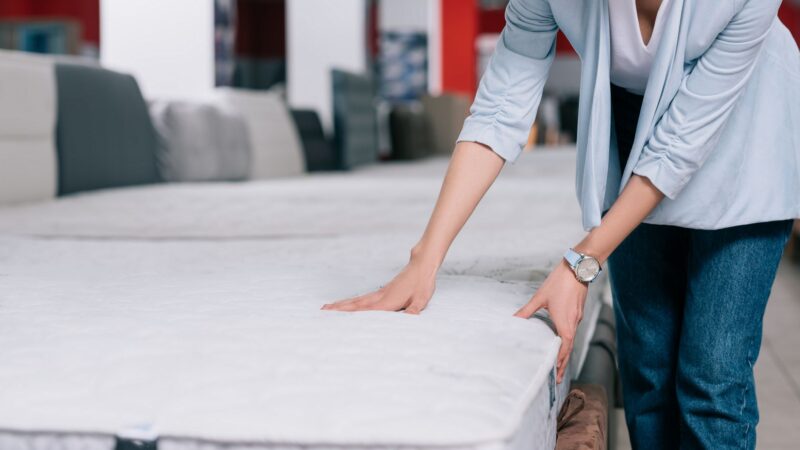How to Clean Upholstery, Sofa, and Couch in Dublin: A Complete Guide by PH Cleaners

Introduction
When it comes to keeping your home clean and inviting, one area that often gets overlooked is upholstery, including your sofa and couch. Over time, these pieces of furniture can accumulate dirt, dust, and stains, making them look worn out and unappealing. Fortunately, with the right techniques and a little effort, you can bring back the freshness and beauty of your upholstery. In this comprehensive guide, we will walk you through the process of sofas, couches, and upholstery cleaning in Dublin, with expert tips from PH Cleaners.
Why Clean Your Upholstery Regularly?
The Importance of Upholstery Cleaning
Cleaning your upholstery is not just about aesthetics; it also has a significant impact on your indoor air quality and overall health. Over time, dirt, allergens, and bacteria can accumulate in the fabric, leading to health issues, especially for those with allergies or respiratory problems.
Prolonging the Lifespan
Regular cleaning can extend the lifespan of your upholstery. By removing dirt and stains promptly, you prevent them from causing irreversible damage to the fabric. This saves you money in the long run, as you won’t need to replace your furniture as often.
Getting Started: Essential Tools and Supplies
What You’ll Need
Before you begin cleaning, gather the following supplies:
- Vacuum cleaner with upholstery attachment
- Upholstery cleaning solution (or make your own)
- Clean, white microfiber cloths
- Soft-bristle brush
- Bucket of water
- Spray bottle
- Mild detergent
- White vinegar
- Optional: steam cleaner
Step-by-Step Guide to Cleaning Upholstery
Step 1 – Vacuuming
Begin by thoroughly vacuuming your upholstery to remove loose dirt, dust, and debris. Use the upholstery attachment and pay extra attention to crevices and seams.
Step 2 – Spot Testing
Before applying any cleaning solution, it’s essential to spot test a small, inconspicuous area of your upholstery to ensure it won’t damage the fabric. Wait for it to dry and check for any adverse reactions.
Step 3 – Preparing the Cleaning Solution
If your spot test is successful, prepare your cleaning solution. You can mix a few drops of mild detergent with water or use a store-bought upholstery cleaner according to the instructions.
Step 4 – Cleaning
Dampen a clean, white cloth with the cleaning solution and gently blot the stained or soiled areas. Avoid rubbing, as this can spread the stain. For tough stains, you may need to repeat this process.
Step 5 – Rinsing
Using a separate cloth dampened with water, blot the cleaned areas to remove any leftover cleaning solution. This step ensures that no residue is left behind.
Step 6 – Drying
Allow your upholstery to air dry naturally. Avoid using direct heat sources like hairdryers, as they can damage the fabric. If you’re in a hurry, you can use a fan to speed up the drying process.
Maintaining Your Upholstery
Regular Maintenance Tips
To keep your upholstery looking its best between deep cleanings:
- Vacuum regularly to remove surface dust.
- Rotate and fluff cushions to distribute wear and tear evenly.
- Address spills and stains promptly.
- Use armrest and headrest covers to protect high-wear areas.
Conclusion
Cleaning upholstery, sofas, and couches in Dublin is an essential part of maintaining a clean and healthy home. With the right tools and techniques, you can revitalize your furniture’s appearance and prolong its lifespan. Remember to clean regularly and address stains promptly for the best results.
FAQs
- How often should I clean my upholstery? It’s recommended to deep clean your upholstery at least once a year, but regular vacuuming and spot cleaning can help maintain its appearance in between.
- Can I use regular household cleaners on my upholstery? It’s best to use upholstery-specific cleaners or mild detergent solutions. Always spot test first to avoid any potential damage.
- What should I do if my upholstery has an unpleasant odor? Sprinkle baking soda on your upholstery, let it sit for 15-20 minutes, and then vacuum it up. This can help neutralize odors.
- Is professional upholstery cleaning necessary? While DIY cleaning is effective, professional upholstery cleaning every 1-2 years can help extend the life of your furniture and ensure a deep, thorough clean.
- How can I protect my upholstery from future stains? Consider applying a fabric protector to your upholstery. It creates a barrier that makes it easier to clean up spills before they become stains.






